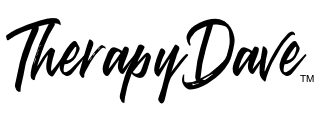If your goal is to be happy, it’s useful to know how far you’ve come.
As the old saying goes, if you don’t know where you’re going, you’ll probably end up somewhere else. With happiness, it’s important to know what your current level of happiness is so that you can measure how effective therapy is over time.
The first time you take the assessment, you’ll get a score that will serve as a “baseline” of your current happiness level. As you make changes in your life, you should see this number change over time. The goal is to see if your happiness and overall mood have changed after a period of time in therapy.
To measure your happiness, you can take the University of Pennsylvania’s Authentic Happiness Inventory. This survey contains 24 questions that provide an overall measure of your happiness levels. Note: I am not affiliated with the happiness website.
When you complete your survey, you’ll be given a “happiness score” ranging from 0.00 (no happiness) to 5.00 (maximum happiness). Once you get your score, write it down and keep track of it.
NOTE ON DATA COLLECTION: The Authentic Happiness website is supported by the Positive Psychology Center at the University of Pennsylvania under the leadership of Dr. Martin E. P. Seligman. Dr. Seligman is often cited as the father of Positive Psychology. While the data is used anonymously, you can also consider using a fake name and/or email to participate (although using your real email may be helpful to log back into to the site to take your post-tests). More information about what information is collected, how it is used, and how it is shared can be found on the Authentic Happiness Website’s Privacy Policy.
An alternative to taking the test is to take the Oxford Happiness Questionnaire and score it yourself. Your resulting score from this questionnaire can also act as your baseline happiness score.
